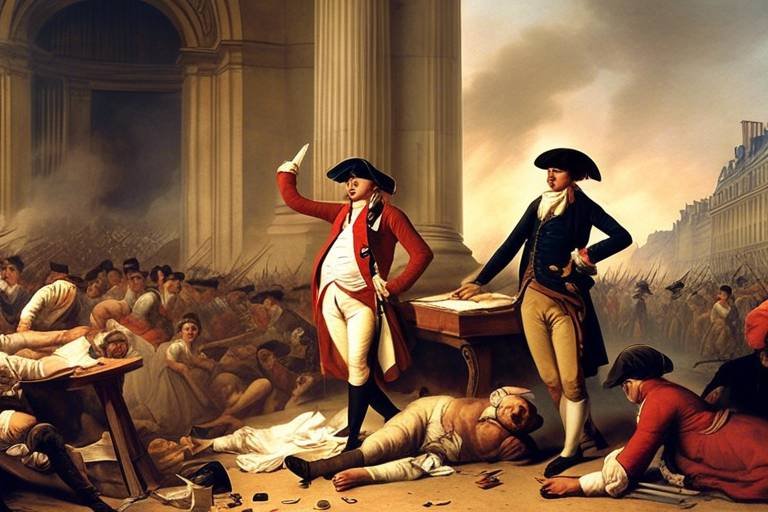Exploring the Influence of Ancient Persian Culture
The Ancient Persian culture holds a mesmerizing allure, captivating generations with its opulence and sophistication. From the grandeur of its art and architecture to the profound depths of its philosophical beliefs, Persia's legacy resonates through the annals of time. Let us embark on a journey through the realms of Ancient Persian culture, unraveling the intricate tapestry that has left an indelible mark on history.
Art and architecture in Ancient Persia were not merely creations; they were masterpieces that reflected the empire's grandeur and artistic prowess. The monumental structures of Persepolis stand as a testament to the architectural marvels of the time, while the intricate patterns adorning Persian carpets showcase the meticulous craftsmanship and attention to detail that defined Persian art.
The evolution of the Persian language and the literary masterpieces that emerged from this ancient civilization are a testament to its intellectual richness. Poets like Rumi and Hafez enchanted audiences with their verses, weaving tales of love, spirituality, and wisdom that continue to resonate with readers to this day.
Religion and philosophy played a significant role in shaping Ancient Persian culture, with Zoroastrianism standing out as one of the world's oldest monotheistic religions. The concept of dualism, the eternal battle between good and evil, permeated Persian thought, influencing their beliefs and societal norms.
The social structure and customs of Ancient Persia offer a glimpse into the daily lives of its people, from the elaborate court ceremonies to the intricate traditions that governed their interactions. The societal hierarchy reflected the empire's organizational prowess, while customs and rituals provided a glimpse into the cultural tapestry of the time.
Advancements in science, mathematics, astronomy, and technology were hallmarks of Ancient Persian achievements. The meticulous observations of the stars, the development of sophisticated mathematical concepts, and the engineering marvels of the time all attest to the intellectual prowess of the Persian civilization.
Trade and economy flourished in the Persian Empire, with a network of trade routes connecting distant lands and fostering economic prosperity. Commerce thrived, enriching the empire and establishing Persia as a hub of economic activity and cultural exchange.
Military strategies and warfare tactics employed by Ancient Persia were legendary, with a formidable army that conquered vast territories and shaped the course of history. The prowess of Persian warriors, coupled with strategic brilliance, ensured the empire's dominance on the battlefield.
The enduring legacy of Ancient Persian culture continues to influence modern society, leaving an indelible mark on art, language, architecture, and philosophy. The echoes of Persia's rich heritage resonate through the ages, reminding us of the profound impact of this ancient civilization on the tapestry of human history.

Art and Architecture
This article delves into the rich heritage of Ancient Persian culture and its impact on art, architecture, language, religion, and society. Discover the enduring legacy of the Persian Empire and its contributions to world history.
When we journey into the world of Ancient Persian art and architecture, we are met with a mesmerizing tapestry of creativity and grandeur. The intricate designs and symbolic motifs found in Persian art reflect a deep-rooted appreciation for beauty and craftsmanship. One cannot help but be awestruck by the magnificence of structures like the legendary Persepolis, a testament to the architectural prowess of the ancient Persians.
The art of carpet weaving in Persia is another marvel that has captivated the world for centuries. Persian carpets, known for their exquisite designs and vibrant colors, are not merely floor coverings but intricate pieces of art that tell stories through their patterns. Each knot and weave in a Persian carpet is a brushstroke in a masterpiece that speaks to the artistic sophistication of the Persian people.

Language and Literature
The of Ancient Persia hold a profound significance in the realm of cultural heritage. The evolution of the Persian language, known for its poetic beauty and eloquence, has left an indelible mark on world literature. Persian literature, with its rich tapestry of stories, myths, and philosophical musings, has captivated readers for centuries.
Renowned poets like Rumi and Hafez have gifted the world with timeless verses that resonate with universal themes of love, spirituality, and human experience. Their words, steeped in mysticism and wisdom, continue to inspire and move hearts across generations.
The Persian language, with its melodic tones and intricate script, has been a vessel for expressing profound emotions and complex ideas. It has served as a medium for preserving historical accounts, cultural traditions, and spiritual insights that have shaped the identity of the Persian people.
Moreover, Persian literature has not only entertained but also enlightened, offering a window into the soul of a civilization that valued art, beauty, and intellectual pursuits. The allegorical tales, epic poems, and lyrical compositions of Ancient Persia reflect a deep connection to nature, divinity, and the mysteries of existence.
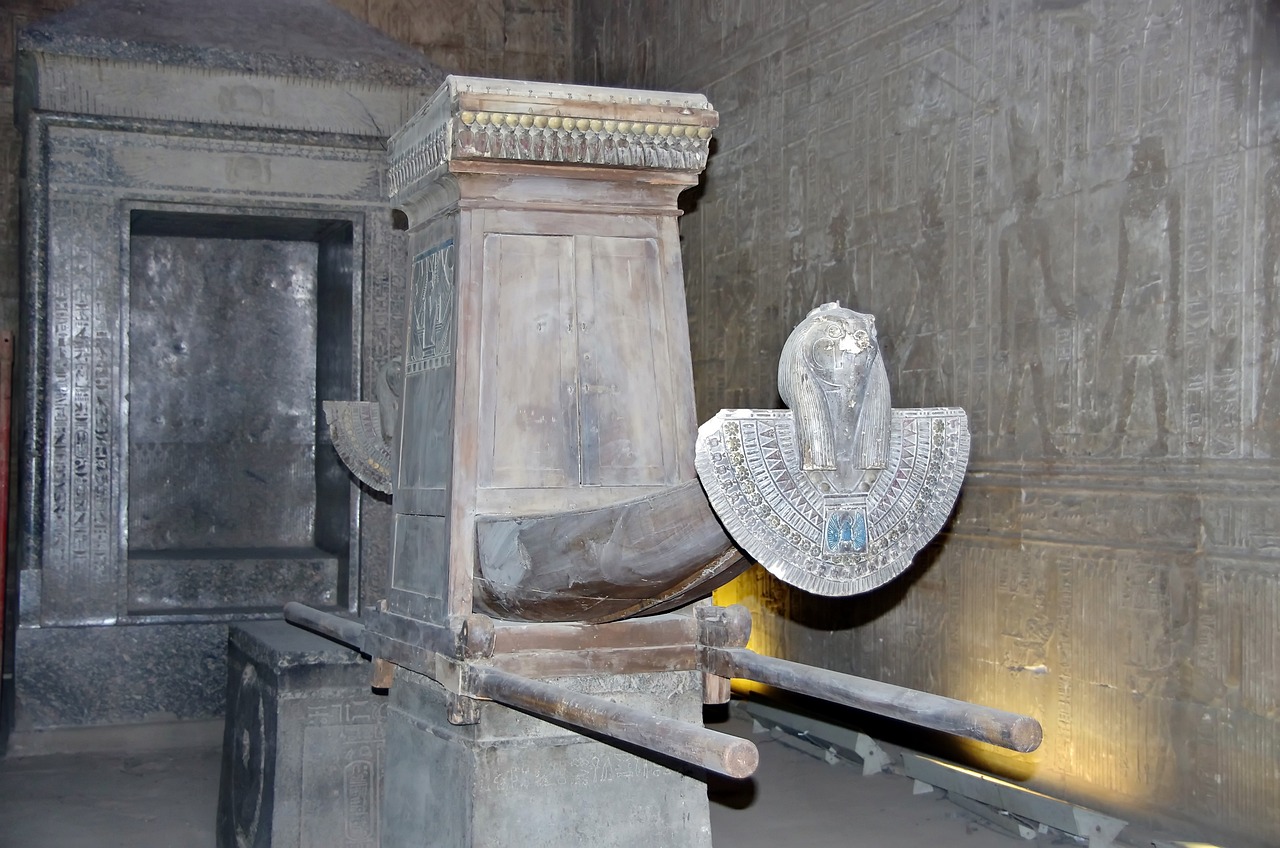
Religion and Philosophy
This article delves into the rich heritage of Ancient Persian culture and its impact on art, architecture, language, religion, and society. Discover the enduring legacy of the Persian Empire and its contributions to world history.
Ancient Persia was a land of diverse religious beliefs and profound philosophical ideas. One of the most notable religions that originated in Persia is Zoroastrianism, which introduced the concept of dualism—the eternal battle between good and evil. This dualistic worldview greatly influenced the moral and ethical values of Persian society, emphasizing the importance of leading a virtuous life.
Moreover, Persian philosophy was characterized by a deep contemplation of existence, morality, and the nature of the universe. Philosophers in Ancient Persia pondered questions about the purpose of life, the afterlife, and the interconnectedness of all beings. These philosophical musings laid the foundation for future philosophical developments in the region.
The influence of Persian philosophy extended beyond the borders of the empire, shaping the intellectual landscape of neighboring civilizations and leaving a lasting imprint on the world of thought. The philosophical legacy of Ancient Persia continues to inspire scholars and thinkers to this day, reflecting the enduring impact of Persian ideas on humanity's quest for knowledge and wisdom.
1. What is the significance of Zoroastrianism in Ancient Persian culture?
Zoroastrianism played a pivotal role in shaping the religious and ethical values of Ancient Persia. It introduced the concept of dualism and emphasized the eternal struggle between good and evil.
2. How did Persian philosophy influence neighboring civilizations?
Persian philosophy sparked intellectual curiosity in neighboring regions, leading to the exchange of ideas and the enrichment of philosophical discourse across different cultures.
3. What are some notable philosophical ideas that originated in Ancient Persia?
Ancient Persian philosophers contemplated various existential questions, such as the nature of existence, morality, and the interconnectedness of all living beings. These ideas laid the groundwork for further philosophical exploration in the region.
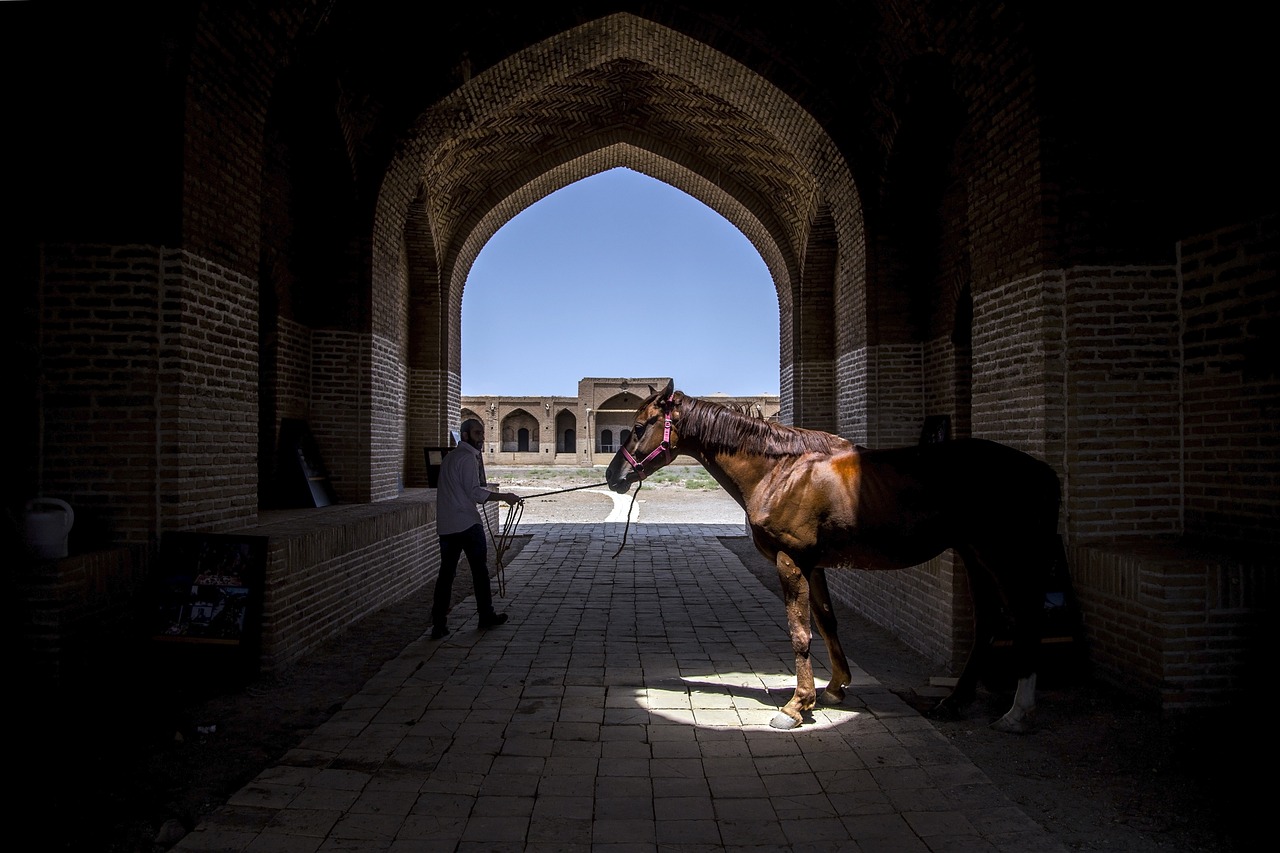
Social Structure and Customs
This article delves into the rich heritage of Ancient Persian culture and its impact on art, architecture, language, religion, and society. Discover the enduring legacy of the Persian Empire and its contributions to world history.
Exploration of the intricate designs, symbolism, and grandeur of Persian art and architecture, including the famous Persepolis and intricate Persian carpets.
Discussion on the evolution of the Persian language, the influence of Persian literature, and renowned poets like Rumi and Hafez.
Insight into the religious beliefs and philosophical ideas of Ancient Persia, including Zoroastrianism and the concept of dualism.
Ancient Persian society was structured with a clear hierarchy, with the king at the top followed by nobles, warriors, artisans, and farmers. Respect for elders and authorities was deeply ingrained in Persian customs, and hospitality was a significant part of social interactions. The Persians valued honor, loyalty, and courage, which were reflected in their customs and traditions.
Exploration of the advancements in science, mathematics, astronomy, and technology achieved by the ancient Persians.
Insight into the economic system, trade routes, commerce, and the prosperity of the Persian Empire.
Discussion on the military strategies, weaponry, conquests, and the formidable army of Ancient Persia.
Reflection on the enduring legacy of Ancient Persian culture and its influence on modern society, art, language, and architecture.

Science and Technology
This article delves into the rich heritage of Ancient Persian culture and its impact on art, architecture, language, religion, and society. Discover the enduring legacy of the Persian Empire and its contributions to world history.
Ancient Persia was a hub of innovation and advancement in various fields of science and technology. The Persians made significant contributions to the world, particularly in science, mathematics, astronomy, and technology. Their achievements laid the foundation for many modern scientific principles and inventions.
One of the most notable contributions of the ancient Persians was in the field of astronomy. Persian astronomers made groundbreaking discoveries and observations, such as accurately determining the length of a year and developing sophisticated astronomical instruments. Their studies of celestial bodies and movements were highly influential and contributed to the development of future astronomical knowledge.
Moreover, the Persians excelled in the field of mathematics. They made significant progress in algebra, geometry, and trigonometry, laying the groundwork for mathematical principles still used today. The Persian mathematicians' innovative approaches and theories played a crucial role in shaping the mathematical landscape of the ancient world.
Additionally, ancient Persia was known for its advancements in technology. Persian engineers and inventors developed various tools, techniques, and machines that revolutionized industries such as agriculture, construction, and transportation. Their innovative solutions and inventions improved efficiency and productivity in various sectors, leaving a lasting impact on technological progress.
The ancient Persians' dedication to scientific exploration and technological innovation paved the way for future advancements and discoveries. Their legacy continues to inspire and influence modern scientific and technological developments, showcasing the enduring impact of Ancient Persian culture on the world.
Stay tuned for the answers to commonly asked questions about Ancient Persian culture, including its historical significance, notable figures, and lasting influence on modern society.

Trade and Economy
Trade and economy played a pivotal role in the prosperity and influence of the Ancient Persian Empire. The Persians were renowned for their extensive trade networks that connected the empire to distant lands, facilitating the exchange of goods, ideas, and culture. The strategic location of Persia allowed for the development of flourishing trade routes that linked the East to the West, contributing to the economic growth of the empire.
One of the key elements of the Persian economy was its focus on agriculture, particularly the cultivation of grains, fruits, and textiles. The fertile lands of Persia supported a thriving agricultural sector, providing the empire with a stable food supply and valuable commodities for trade. The production of silk, spices, and precious metals further enriched the economy and attracted merchants from far and wide.
Trade in the Persian Empire was not limited to goods alone; it also encompassed the exchange of knowledge and technologies. Persian merchants traveled far and wide, establishing diplomatic relations and fostering cultural exchange with neighboring civilizations. The bustling marketplaces of cities like Susa and Babylon were hubs of activity, where merchants from diverse regions converged to barter and trade.
The economic success of the Persian Empire was also attributed to its efficient taxation system and infrastructure development. The establishment of a standardized currency, known as the daric, facilitated trade transactions and promoted economic stability. The construction of roads, bridges, and irrigation systems further enhanced the empire's economic capabilities, enabling the efficient movement of goods and people across vast territories.
Furthermore, the Persian Empire's control over key trade routes, such as the Royal Road that connected Susa to Sardis, allowed for the rapid transport of goods and communication. This strategic advantage not only bolstered trade activities but also strengthened the empire's political influence and military power in the region.
In conclusion, the trade and economy of the Ancient Persian Empire were integral to its prosperity and global influence. The empire's strategic location, agricultural abundance, cultural diversity, and innovative economic policies laid the foundation for a thriving economy that supported its vast territories and enduring legacy.
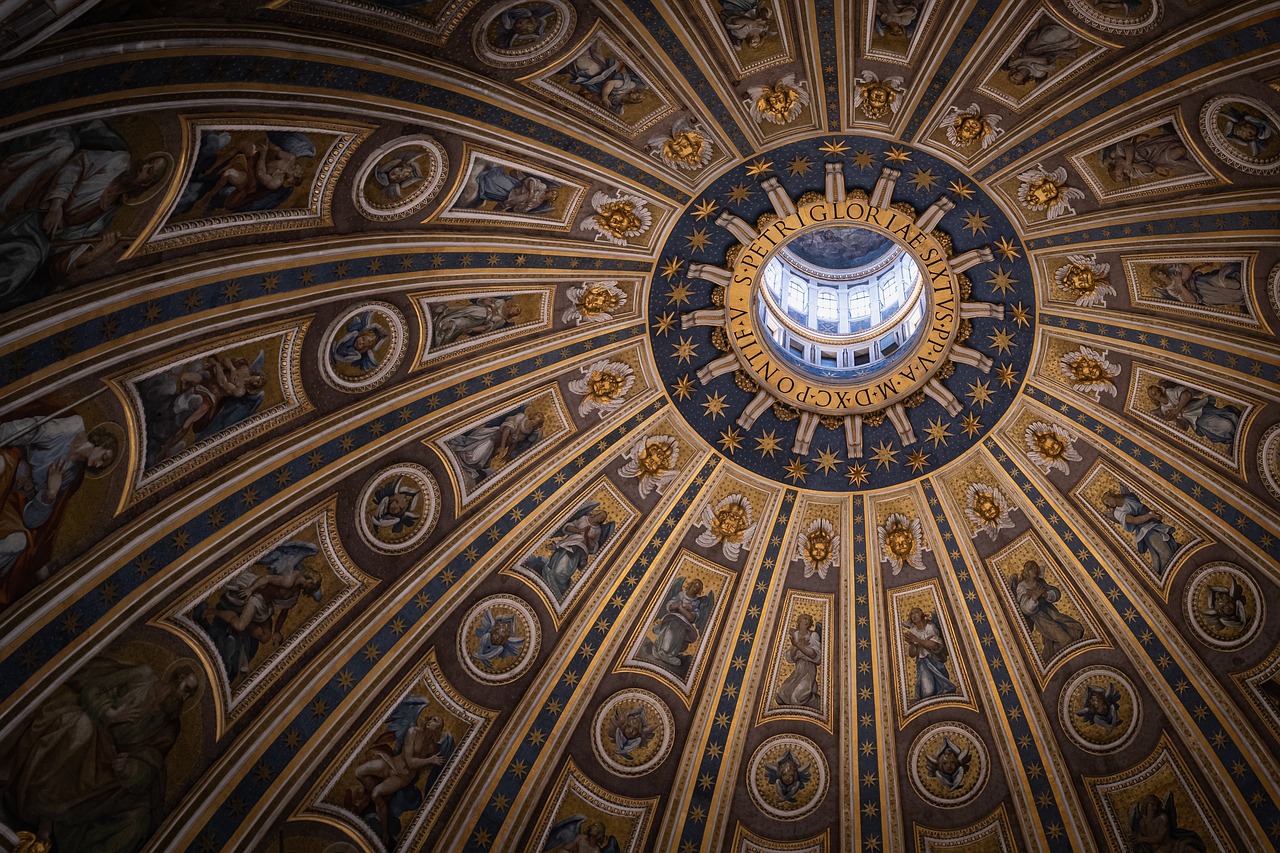
Military and Warfare
Ancient Persian military prowess was legendary, with a formidable army that expanded the empire through strategic conquests and innovative warfare tactics. The Persian army was well-organized, disciplined, and equipped with advanced weaponry for its time. Spearheaded by skilled cavalry units known as the Immortals, the army was a force to be reckoned with on the battlefield.
One of the key strengths of the Persian military was its ability to adapt to various terrains and combat situations. From the deserts of Persia to the mountains of Central Asia, Persian soldiers demonstrated versatility and resilience in their campaigns. The use of chariots, archers, and infantry units in coordinated maneuvers showcased the military sophistication of the empire.
Notable military campaigns, such as those led by Cyrus the Great and Darius the Great, showcased the strategic genius of Persian leaders. The conquests of vast territories, including Egypt, Greece, and parts of India, highlighted the expansionist ambitions of the Persian Empire and its military might.
Furthermore, the construction of the Royal Road facilitated swift communication and troop movements across the vast expanse of the empire, enabling rapid responses to threats and rebellions. This network of roads and relay stations played a crucial role in maintaining the cohesion of the empire and ensuring the efficiency of military operations.
The legacy of Ancient Persian warfare continues to influence military strategies and tactics to this day. The emphasis on discipline, organization, and adaptability in the face of diverse challenges set a standard for future military endeavors. The innovations in military technology and tactics pioneered by the Persians laid the foundation for subsequent developments in warfare.
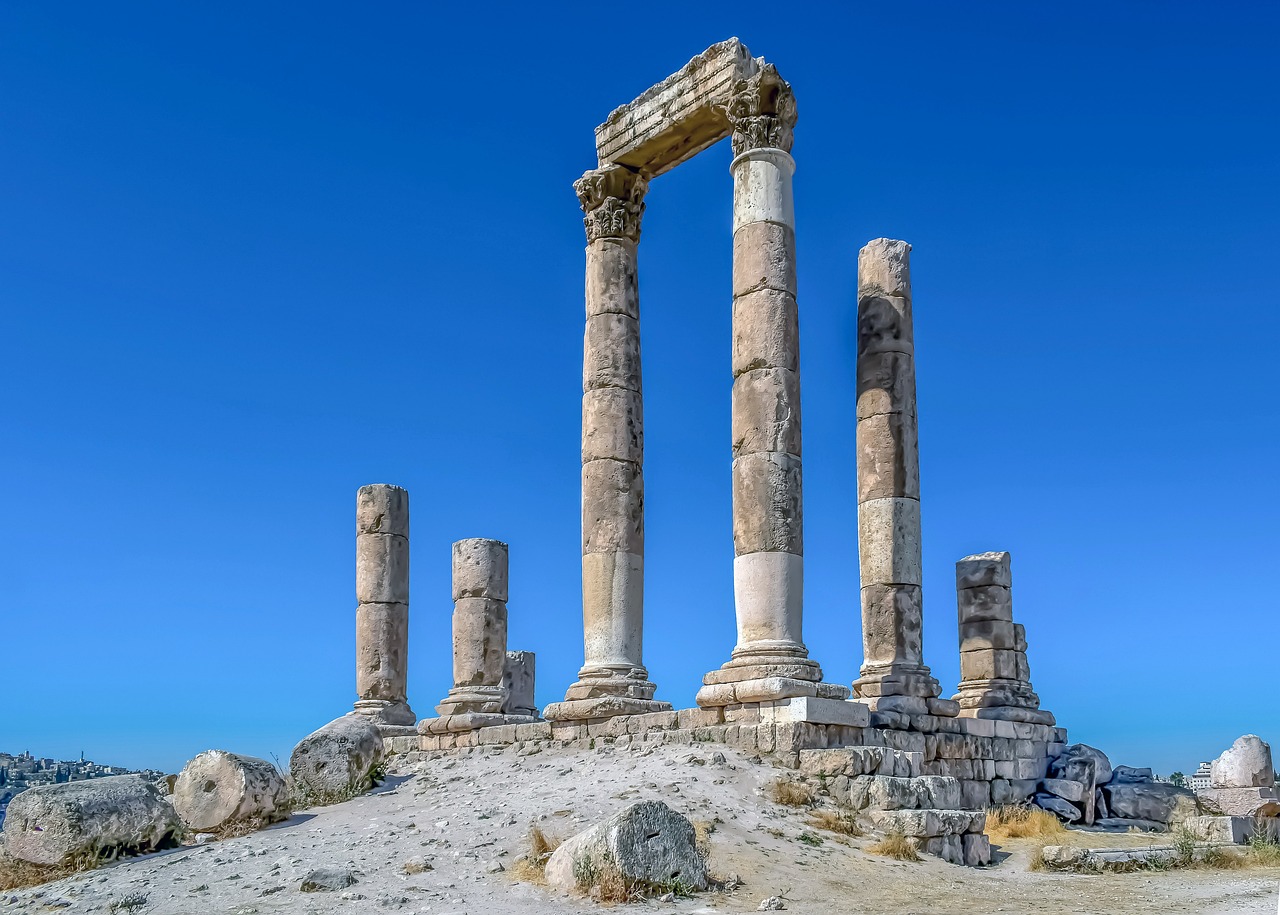
Legacy and Influence
This article delves into the rich heritage of Ancient Persian culture and its impact on art, architecture, language, religion, and society. Discover the enduring legacy of the Persian Empire and its contributions to world history.
Exploration of the intricate designs, symbolism, and grandeur of Persian art and architecture, including the famous Persepolis and intricate Persian carpets.
Discussion on the evolution of the Persian language, the influence of Persian literature, and renowned poets like Rumi and Hafez.
Insight into the religious beliefs and philosophical ideas of Ancient Persia, including Zoroastrianism and the concept of dualism.
Examination of the societal hierarchy, traditions, customs, and daily life of the people in Ancient Persia.
Exploration of the advancements in science, mathematics, astronomy, and technology achieved by the ancient Persians.
Insight into the economic system, trade routes, commerce, and the prosperity of the Persian Empire.
Discussion on the military strategies, weaponry, conquests, and the formidable army of Ancient Persia.
The legacy of Ancient Persian culture continues to resonate across the centuries, leaving an indelible mark on various aspects of society. The influence of Persian art and architecture can be seen in the intricate designs and grand structures that have inspired artists and architects worldwide. The Persian language, with its rich literary tradition, has influenced poets and writers globally, with works of renowned figures like Rumi and Hafez transcending time and language barriers.
Moreover, the philosophical ideas of Ancient Persia, particularly Zoroastrianism's concept of dualism, have shaped the beliefs and ideologies of many cultures. The social structure and customs of Ancient Persia have left a legacy of traditions and practices that continue to influence societal norms and values.
In the realm of science and technology, the ancient Persians made significant advancements in various fields, including mathematics, astronomy, and medicine, laying the foundation for future discoveries and innovations. The economic prosperity of the Persian Empire, driven by extensive trade networks and commerce, has left a lasting impact on global trade practices and economic systems.
Furthermore, the military prowess of Ancient Persia, characterized by strategic warfare tactics and a formidable army, has influenced military strategies and historical conquests. The enduring legacy of Ancient Persian culture is evident in its profound influence on modern society, art, language, and architecture, serving as a testament to the enduring power and significance of this ancient civilization.
If you have any questions about Ancient Persian culture, its influence, or any other related topics, check out the FAQs below:
Q: What are some famous examples of Persian art and architecture?
A: Some famous examples include the ruins of Persepolis, intricate Persian carpets, and the intricate designs seen in various artifacts.
Q: How did Ancient Persia contribute to science and technology?
A: Ancient Persians made significant contributions to fields such as mathematics, astronomy, and medicine, laying the groundwork for future advancements.
Q: What is the significance of Zoroastrianism in Ancient Persian culture?
A: Zoroastrianism was the dominant religion in Ancient Persia and introduced concepts of dualism and ethical behavior that influenced subsequent belief systems.
Q: How did trade and economy play a role in the prosperity of the Persian Empire?
A: The Persian Empire's extensive trade networks and commerce contributed to its economic prosperity and global influence.
Frequently Asked Questions
- What are some key characteristics of Ancient Persian art and architecture?
Ancient Persian art and architecture are known for their intricate designs, use of symbolism, and grandeur. Examples include the magnificent structures of Persepolis and the detailed craftsmanship of Persian carpets.
- Who were some famous poets from Ancient Persia?
Ancient Persia produced renowned poets such as Rumi and Hafez, whose works continue to be celebrated for their profound insights and poetic beauty.
- What was the dominant religion in Ancient Persia?
Zoroastrianism was the predominant religion in Ancient Persia, emphasizing the concept of dualism and the eternal struggle between good and evil.
- How did Ancient Persians contribute to science and technology?
Ancient Persians made significant advancements in fields such as science, mathematics, astronomy, and technology, leaving a lasting impact on human knowledge and progress.
- What was the economic system of the Persian Empire like?
The Persian Empire had a thriving economy supported by extensive trade routes, vibrant commerce, and a prosperous economic system that fueled the empire's growth and influence.
- What made the military of Ancient Persia formidable?
The military of Ancient Persia was known for its strategic prowess, sophisticated weaponry, and successful conquests, establishing the empire as a dominant force in the ancient world.
- How has Ancient Persian culture influenced modern society?
Ancient Persian culture continues to influence modern society through its enduring legacy in art, language, architecture, and philosophical ideas, shaping our understanding of history and civilization.






